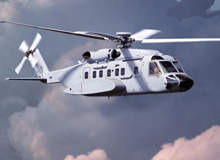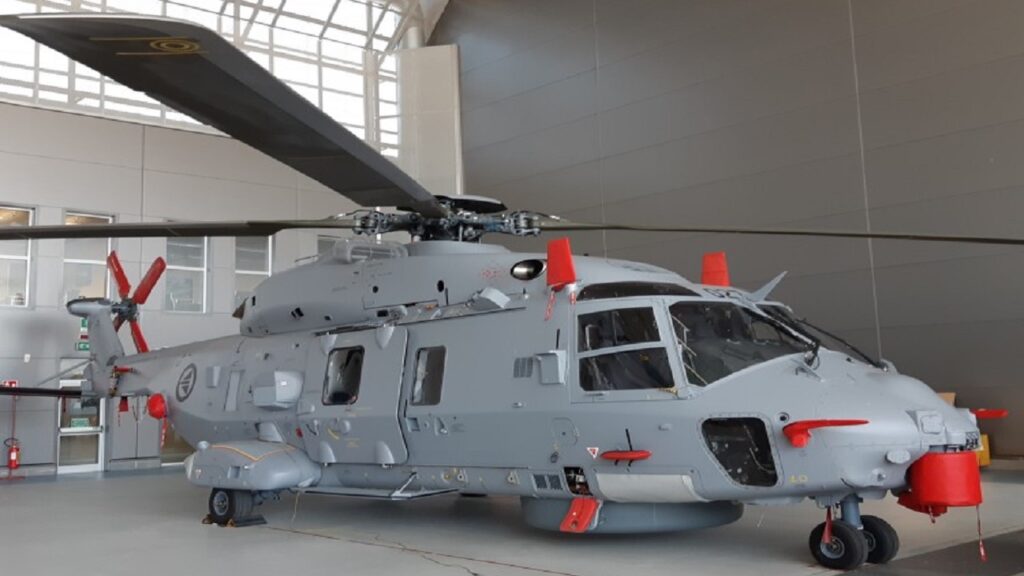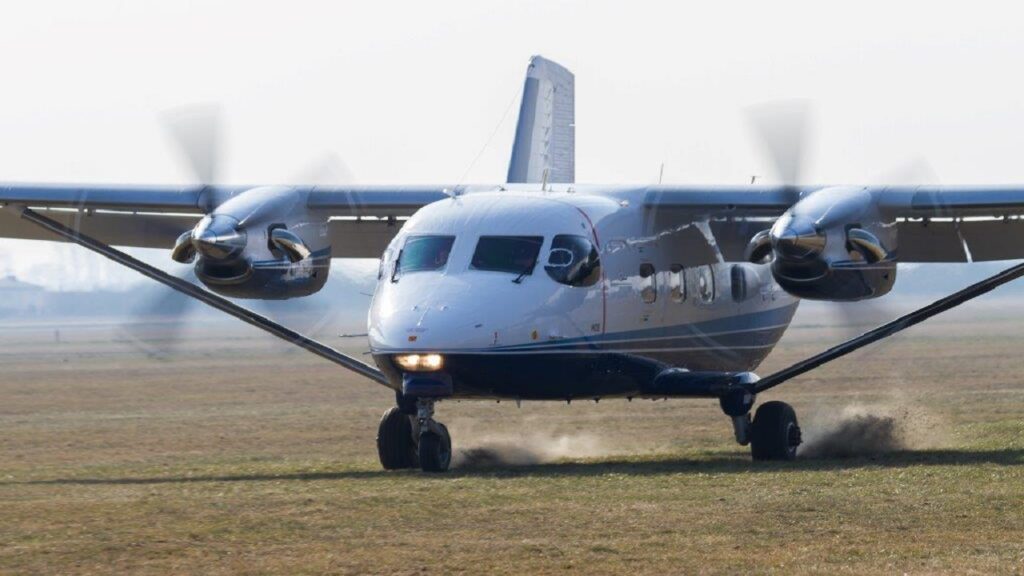
The H-92 Superhawk multi-mission helicopter is the military version of the S-92 medium-sized helicopter and is a successor to the H-60, and Black Hawk and Seahawk helicopter family. The S-92 made its maiden flight in 1998 and entered service in March 2004. The development of the helicopter is based on the proven technology of the Sikorsky Black Hawk.
H-92 Superhawk helciopters can be scrambled in less than two minutes. A 6ft-wide aft ramp allows easy and fast loading and unloading of cargo and troops.
The Superhawk can be configured as a tactical troop transporter, an anti-submarine warfare helicopter, or a search and rescue or combat search and rescue (SAR and CSAR) helicopter.
The helicopter has a large cabin, high survivability and long-range performance. The aircraft has day and night capability and reliability for all weather operations, including both arctic and desert conditions over a temperature range of -40°C to +55°C.
H-92 Cyclone – Canadian Superhawk variant
In July 2004, the H-92 Cyclone was selected as Canada’s new maritime helicopter. 28 helicopters are required, which will be deployed on the 12 Halifax frigates.
The contract was signed in November 2004. The Canadian version of H-92, known as CH-148 Cyclone, completed its maiden flight in November 2008. The first CH-148 Cyclone was delivered to Canadian Forces in May 2011 to train its flight crew and technicians.
Superhawk helicopter design
The helicopter is of modular design and aluminium and composite construction. Great emphasis has been placed on safety in the design and construction of the airframe and systems.
The materials are highly crack resistant and the structure is built with lightning strike and high-intensity RF pulse protection.
The wide chord blades and anhydral blade tips contribute to the aircraft’s hovering efficiency. The blades are fitted with a vibration suppression system. The hover ceiling is 3,261m.
Sikorsky is responsible for final assembly and testing and also for the design and manufacture of the rotors and transmission system.
The industrial manufacturing team includes: AIDC of Taiwan – flight deck; Embraer – front of the sponsons, landing gear and integration of the fuel system from Aerazur and Intertechnique; Gamesa – cabin interior, aft fuselage, tail boom and transmission housing in the upper fuselage; Jingdezhen – vertical tail and horizontal stabiliser; and Mitsubishi – main cabin.
H-92 Superhawk cockpit and avionics
The helicopter’s flight control system has been supplied by BAE Systems Aerospace Controls. The fly-by-wire system consists of a flight control computer, two pilot control sticks and sensors for pitch, roll and yaw measurement. The cockpit is equipped with four multi-functional displays (MFD), dual automatic flight control systems (AFCS), enhanced ground proximity warning system (EGPWS), traffic collision avoidance system (TCAS) and weather radar.
The flight deck is fitted with two Martin-Baker crashworthy seats. The cabin and cockpit are independently air conditioned, heated and ventilated.
Rockwell Collins is supplying avionics systems including integrated cockpit, EyeHUD helmet-mounted display and Link 11 tactical datalink. BAE Systems will supply the AN/ALQ-144A(V)5 countermeasures system. Lockheed Martin is providing the radar warning receiver / electronic support measure (RWR/ESM), which is based on the AN/ALQ-210 fitted on the US Navy MH-60R helicopters.
The first H-92 helicopter equipped with fly-by-wire technology made its maiden flight in December 2007. The fly-by-wire system eliminates the need for mechanical linkages, improving safety and manoeuvrability.
The radar is installed in the nose.
Superhawk troop transportation and cabin
For tactical troop transport, the 17m³ cabin can be fitted with folding crashworthy seats for 22 combat-equipped marines. The cabin is sufficiently high for passengers to stand and is fitted with ten sliding cabin windows and weapon mounts.
The raised position of the tailboom and wide rear ramp and overhead door allow rear loading via the ramp.
For the search and rescue role, the cabin can be equipped with a 272kg-capacity hydraulically powered rescue hoist. The crew can use the rescue hoist cable viewing window and spotlight to assist in deployment. The helicopter can be fitted to evacuate 12 stretcher patients.
For cargo transportation, the main cabin is fitted with a cargo handling system with a centre line 1,814kg capacity cargo winch, floor rollers and cargo tie-down points.
Survivability
The helicopter uses a number of design features incorporated in the UH-60 and SH-60 family of helicopters for survivability, crashworthiness and maintainability. Vital systems are installed with widely separated redundancy. The gearboxes have a run-dry capability of 30 minutes allowing the pilot to return the helicopter to safety in the event of a catastrophic oil loss.
The emergency flotation systems are automatically deployed and are capable of functioning in conditions up to Sea State 5. The forward flotation system is on the underside of the fuselage under the cockpit area. The aft emergency flotation system is in the tailboom.
A 15-man life raft is installed either side in the forward section of each sponson.
The helicopter is fitted with an advanced infrared suppression system and a chaff and flare decoy dispenser. Northrop Grumman is supplying counter measures systems for the VXX Marine One proposal.
In April 2010, Lockheed Martin and Sikorsky signed an agreement to jointly design and develop a H-92 helicopter for the US Navy’s Marine One mission. Under the agreement, Sikorsky will be the prime contractor for the mission and Lockheed Martin will be the major subsystems supplier.
Transportability
The Superhawk can be loaded onto a C-5 or C-17 transporter aircraft in less than three hours with minimum ground equipment.
CT7-8A turboshaft engine
The 3,000hp-class CT7-8A turboshaft engine selected for the H-92 Superhawk produces 25% more power than the CT7-8 installed in the Sikorsky S-92. The increased power is derived from a newly designed, high-pressure turbine and advanced three-stage, low-pressure turbine. The engine is equipped with an advanced, fully redundant dual-channel full authority digital electronic control system.
The helicopter is fitted with self-sealing fuel tanks. The maximum fuel load is 3,030kg. An in-flight refuelling probe is fitted.
Performance
The maximum speed of the helicopter is 306km/h. Its cruising speed is 277km/h. The range and service ceiling of the aircraft are 999km and 4,563m respectively. The helicopter weighs around 7,868kg and its maximum take-off weight is 12,995kg.




